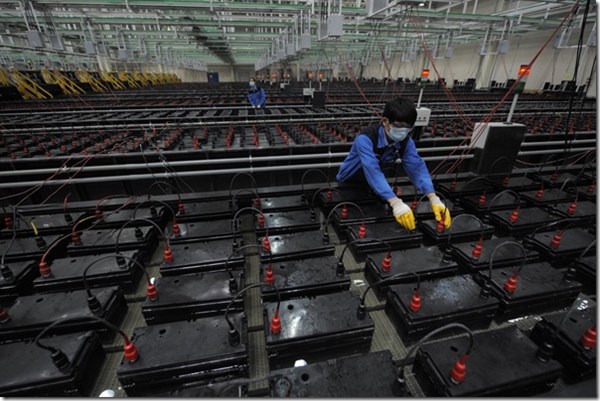What Happens Post-Lead-Acid Batteries to the Lead?
As researchers at MIT point out, at some point, conventional automotive lead-acid batteries are going to give way to improved technologies, such as lithium-ion batteries.
As researchers at MIT point out, at some point, conventional automotive lead-acid batteries are going to give way to improved technologies, such as lithium-ion batteries.
According to Angela M. Belcher, the W.M. Keck professor of Energy at MIT, “Once the battery technology evolves, over 200 million lead-acid batteries will potentially be retired in the United States, and that could cause a lot of environmental issues.”
Featured Content

Johnson Controls battery plant in Changxing
To say nothing of all of the other places in the world—think China—where there are literally millions of cars and consequent batteries.
Belcher says that now, 90% of the lead recovered from old batteries is used to produce new batteries, but if there aren’t new batteries being produced, that’s a lot of lead that is going to quickly pile up.
So she and her colleagues have done some work that may turn that lead into if not exactly gold, at least energy
They’ve determined that it is possible to make solar cells with organolead halide persovskite, which can be derived from car batteries.
The peroskite photovoltaic material is just 0.5-mm thick. A single car battery contains a sufficient amount of lead to produce a sufficient amount of solar cells to power 30 homes.
“It went from initial demonstrations to good efficiency in less than two years,” said Belcher. The power-conversion efficiency is more than 19%, which is said to be close to that achieved by commercial silicon-based solar cells.


.jpg;width=70;height=70;mode=crop)
















